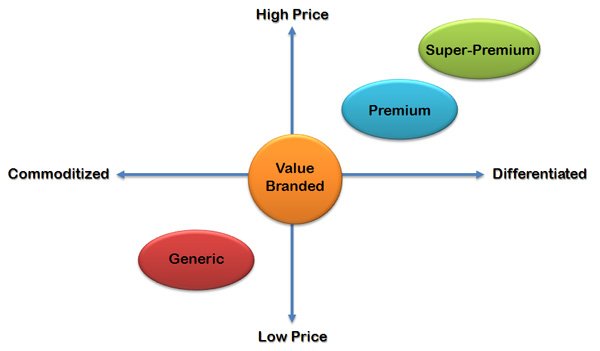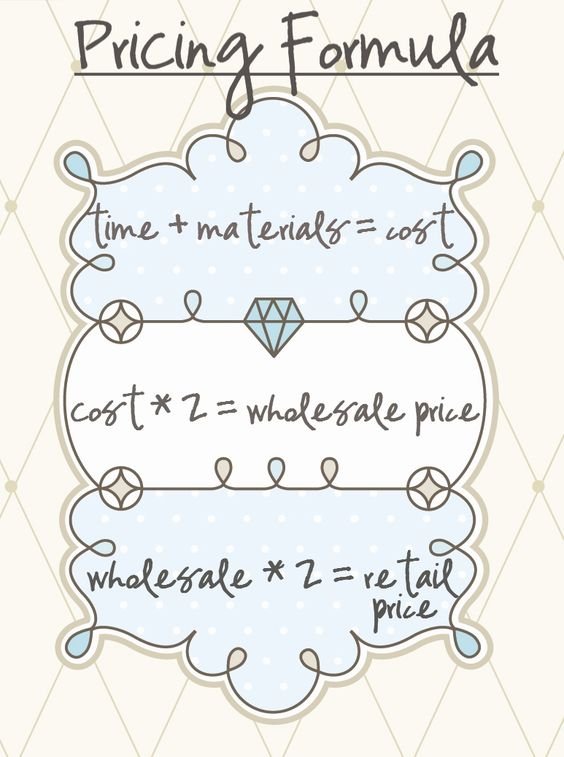Posted in Business Management, Marketing, Principles of Management
on Mar 4th, 2014 | 0 comments
Factors to be Considered for Product Pricing:
Price is one of the crucial components of the marketing-mix and plays an important role to bring about product market integration. It is the only factor that generates revenue, the reason why much research is done before fixing the basic price of a product. In a narrow sense, price is the amount of money charged for a product or a service. But in a broader perspective, it is the sum of all values that a customer gain by exchanging money for using a product or enjoying a service; now, what do you mean by values? It may denote customer satisfaction, endurance, efficiency, effectiveness of the purchase etc.

Establish the Pricing Objectives:
How does a business firm go about fixing the price? The first step would be establishing the pricing objectives based on the factors that govern the price and ascertaining their relevance and importance in the light of prevailing economic conditions.
The firm must provide the customers with the value worth the money paid for. Thus determining the product value in monetary terms and formulating pricing policies and strategies accordingly is very important.
Price is influenced by both external and internal factors. The internal factors that influence pricing may be,
- Corporate objectives and marketing objectives of the firm-Obviously a firm would like to survive in the market by maximizing its profit followed by retention of market share. To retain the existing customers and to attract new customers, a firm has to focus on “quality” and “customer service”. If you lose an existing customer, it is equivalent to losing ten new customers, as loyal customers increase your customer listing.
- Where do you want to stand in the market is another question you have to ask yourself! The desirable market positioning of a firm is also dependent on price fixation mechanisms.
- The characteristics of a product also influence the pricing, as the nature decides the mode and cost of production.
- Price elasticity or demand of the product-A hardcore business person will never try to penetrate a new market with his existing product or introduce a new product in existing markets without substantial marketing research, since the demand for the product may very form market to market and only by “test marketing” does a firm can acquire some insight about the nature of demand.
- Cost of marketing-Without proper canvassing you cannot expect your product to hit the right note. There should be sufficient financial planning that well falls in line with your marketing plan.

The external factors that influence pricing may be,
- Market characteristics-Here, industry analysis is needed, to gauge the trend of the products of similar nature and the stage of the industry in its life cycle-whether it has reached the saturation point. If so, how can you expect to make a mark in an industry that is already falling back? Sometimes, the industry might be thriving, leaving behind certain firms that cannot meet the expectations of the industry. In such cases too, caution is to be exercised to predict your chances of success based on your merits and shortcomings.
- Bargaining power of the customers-you cannot expect to sell premium products in a market where the potential buyers belong to the middle class category. Even such markets are captured by intelligent marketers who follow the strategy of price skimming.
- Competitor’s pricing policy-Constant updates about your competitor’s pricing strategy keeps you at bay and also helps you in deciding your game plan. Big corporate firms very rarely come for a compromise in pricing terms, brushing aside their prejudices, if it proves to be win-win situation for both.
- Government’s regulations on pricing-When you plan to expand your market within your country, you are in a position to pay sales tax and excise duty as a percentage of your sales volume. If it is an export order, then the reserve bank comes into the picture to have a tight control on the proceedings, with export levies.
- Social considerations and other legal aspects-Marketers must be informative about export policies and procedures and inland trade procedures to manage any kind of crisis that arises during transfer of consignment.
After a thorough analysis of the factors governing the pricing mechanism, a firm has to arrive at proper pricing formula that significantly contributes to the effectiveness and success of the marketing strategy of the firm.